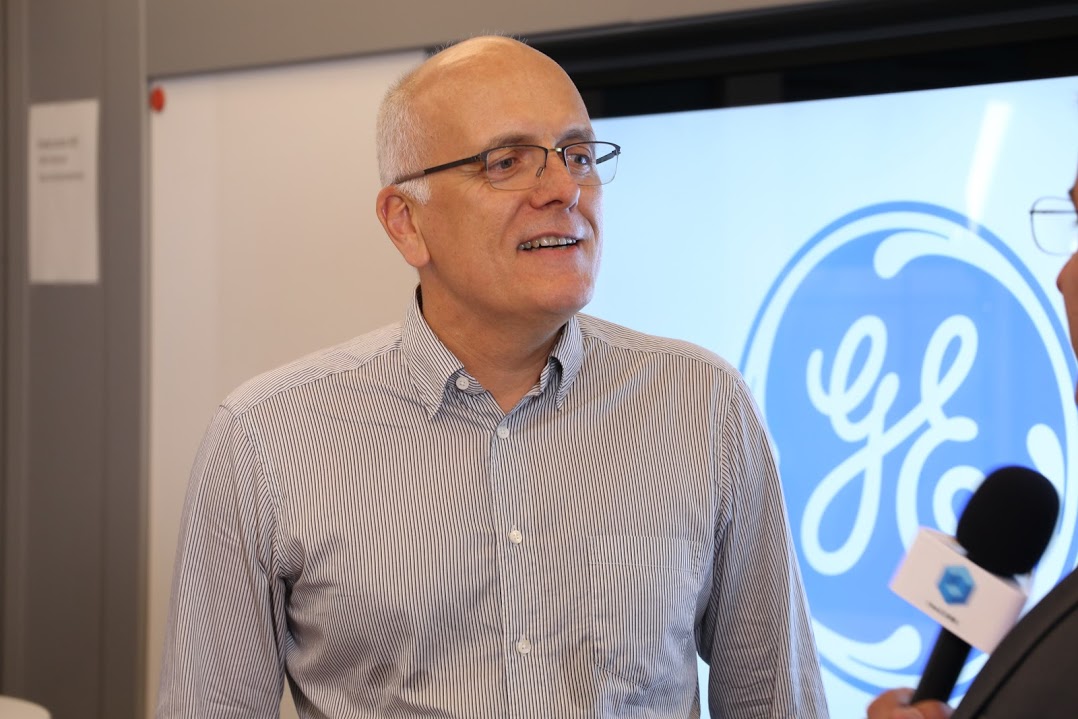 NEWS
NEWS
 NEWS
NEWS
 NEWS
NEWS
Creating an Industrial Internet of Things (IIoT) platform was no small challenge for General Electric Co. (GE). For an entire network of machinery operating in real-time to communicate in a way that allows developers to focus on creating applications, GE had to do some out-of-the-box thinking about the nature of the cloud and how it could get all the parts to work together efficiently.
Marc-Thomas Schmidt, chief platform architect at GE Software, spoke to Jeff Frick (@JeffFrick), host of theCUBE, from the SiliconANGLE Media team, at the GE Digital compound in San Ramon, CA, as part of the GE Digital Innovation Day, about the development of Predix (GE’s IIoT platform) and some of the challenges Schmidt’s team faced when designing a completely new IIoT platform.
When GE made the decision to build the Predix Platform two years ago, the company knew it would have to deal with a bigger set of challenges than standard cloud platforms are typically faced with. Because GE deals with industrial machinery on a real-time basis, Predix had to be designed to focus specifically on industrial Internet applications. This required creation of a hybrid cloud platform, with one foot in the cloud and one foot firmly rooted around the sites where the real physical work is occurring.
“One of the fundamental decisions that we made early on is that we wanted to innovate in the industrial Internet space, and we wanted to use open source as much as possible,” said Schmidt. “So the general platform is an open-source-based platform, and we are implementing a layer on top of that that focuses on the use cases we see on the industrial Internet.”
Because the industrial Internet deals with coordination and sharing of data between many sites operating heavy machinery, managing latency was one of the primary design concerns. GE designed a platform that took advantage of the broad nature of industrial Internet computing power so that the entire network could operate efficiently enough to allow the various sites to operate and communicate in real time.
“The topology out there for the industrial Internet is much more complicated than what you see, for example, in consumer IoT,” explained Schmidt. “The approach that we’re taking is that we’re making use of that entire spectrum of compute nodes, from the Big data Centers … to the more distributed ones, down to the sensors.”
Watch the full interview below, and be sure to check out more of SiliconANGLE and theCUBE’s coverage of the GE Digital Innovation Day 2016.
THANK YOU